Zongzi, those pyramid-shaped parcels of glutinous rice wrapped in bamboo leaves, are a culinary symbol of the Dragon Boat Festival and a beloved treat across Asia. Their sticky texture, aromatic fillings, and rich history make them a centerpiece of festive meals. Yet, as with any star dish, the true magic lies in the art of pairing. While zongzi can be enjoyed alone, serving them with the right soup elevates the experience, creating a balance of flavors, textures, and cultural resonance. This article delves into the world of soups that complement zongzi, exploring traditional Chinese favorites, regional variations, and modern interpretations that bridge East and West.
The Philosophy of Pairing: Why Soup Matters
Before diving into specific recipes, it’s essential to understand the principles behind pairing zongzi with soup. Zongzi, whether savory or sweet, carries a dense, chewy texture and robust flavors. A well-chosen soup serves as a palate cleanser, cutting through the richness while enhancing the dumpling’s nuances. Light, brothy soups provide a refreshing contrast, while heartier stews offer a comforting counterpart. The goal is harmony—not competition.
Consider the filling of your zongzi. Meat-filled varieties, such as pork or duck, pair well with soups that cut through fat, like ginger-infused broths or tangy tomato-based soups. Sweet zongzi, often filled with red bean paste or jujube, benefit from lighter, slightly sweet soups like chrysanthemum tea or almond milk. The key is to create a dialogue between the soup and the dumpling, where each element enhances the other without overshadowing.
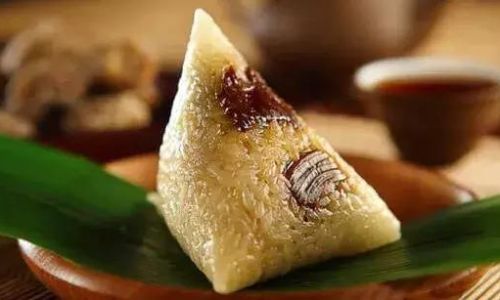
Traditional Chinese Soups: Time-Honored Pairings
-
Chicken Consommé with Ginger and Scallions
A clear, golden chicken broth infused with fresh ginger and scallions is a classic choice. The ginger’s warmth neutralizes the heaviness of fatty zongzi fillings, while the broth’s simplicity allows the dumpling’s flavor to shine. For an authentic touch, add a few dried mushrooms or wolfberries (goji berries) to the broth, imparting a subtle earthy sweetness. -
Sour and Spicy Sichuan Hot Pot Broth
For those who crave heat, a Sichuan-style hot pot broth—tangy from fermented bean paste and numbing from Sichuan peppercorns—offers a thrilling contrast. The broth’s vibrant flavors cut through the stickiness of the rice, while the chili oil adds a layer of complexity. This pairing is ideal for adventurous eaters seeking a fiery kick. -
Sweet Osmanthus and Rock Sugar Soup
In southern China, sweet zongzi are often paired with dessert soups. A delicate blend of dried osmanthus flowers, rock sugar, and dried longan creates a floral, lightly sweet broth that mirrors the dumpling’s sugary filling without being cloying. Serve this chilled for a refreshing summer treat. -
Winter Melon and Pork Rib Soup
A staple of Cantonese cuisine, this soup combines tender pork ribs with sliced winter melon, dried scallops, and red dates. The melon’s mild, slightly sweet flavor balances the richness of the meat, while the scallops add a briny depth. It’s a comforting choice for colder months, offering nourishment and warmth.
Regional Variations: Beyond China’s Borders
Zongzi’s popularity extends beyond mainland China, with neighboring countries developing their own versions and pairings.
-
Japanese Zoni Soup (お雑煮)
In Japan, zongzi-like dumplings called chimaki are sometimes served in zoni, a New Year’s soup featuring mochi rice cakes, vegetables, and chicken or fish cakes. The clear dashi broth, made from kombu and bonito flakes, provides a briny, umami-rich backdrop that complements the dumpling’s mild sweetness.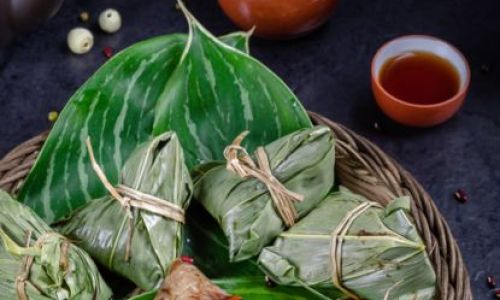
-
Vietnamese Canh Chua (Sour Soup)
A tangy tamarind-based broth with pineapple, tomatoes, and herbs like cilantro and rice paddy herb, canh chua offers a bright, acidic counterpoint to sticky rice dumplings. The soup’s vibrant flavors cleanse the palate between bites, making it a favorite in Vietnam’s Mekong Delta region. -
Korean Miyeokguk (Seaweed Soup)
Though not traditionally paired with zongzi, this hearty beef and seaweed soup shares similar cultural significance. Its savory, mineral-rich broth and tender beef slices create a grounding effect, ideal for balancing the intensity of spicy or salty zongzi fillings.
Modern Twists: Fusion Pairings for Global Palates
As zongzi gains international recognition, chefs and home cooks are experimenting with unconventional pairings that blend tradition with innovation.
-
Tom Yum Soup with Shrimp and Lemongrass
The spicy, sour, and sweet notes of Thai tom yum soup provide a bold contrast to zongzi. The shrimp’s brininess and lemongrass’s citrusy aroma cut through the rice’s stickiness, while coconut milk (if used) adds a creamy richness that mirrors the dumpling’s texture. -
French Onion Soup with Gruyère Croutons
A surprising but delightful pairing, the caramelized onions’ sweetness and beef broth’s depth create a savory foundation for zongzi. The melted Gruyère cheese adds a luxurious touch, though this pairing works best with plain or lightly seasoned dumplings to avoid flavor overload. -
Roasted Tomato and Basil Soup
For vegetarian zongzi, a creamy tomato soup with fresh basil offers a Mediterranean twist. The acidity of the tomatoes balances the rice’s density, while the herbaceous basil adds a refreshing finish. A drizzle of olive oil or a sprinkle of Parmesan elevates the dish further.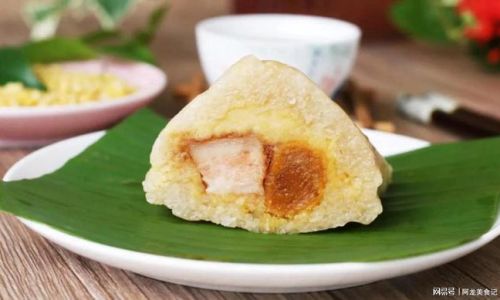
Health-Conscious Pairings: Light and Nourishing Options
For those mindful of nutrition, light soups can transform zongzi into a balanced meal.
-
Miso Soup with Tofu and Wakame
The fermented soybean paste in miso aids digestion, making it an ideal partner for glutinous rice. Silken tofu and seaweed add protein and minerals, while the soup’s low calorie count ensures guilt-free indulgence. -
Gazpacho (Chilled Tomato Soup)
A no-cook Spanish classic, gazpacho’s raw vegetable base (tomatoes, cucumbers, peppers) provides a crisp, hydrating contrast to zongzi. Its vinegar-based tang revitalizes the palate, especially in hot weather. -
Lemongrass and Chicken Clear Soup
A fragrant broth steeped with lemongrass, lime leaves, and ginger offers anti-inflammatory benefits and aids digestion. Lightly seasoned with fish sauce and cilantro, it’s a restorative choice for post-feast recovery.
Cultural Significance: More Than Just a Meal
The act of pairing zongzi with soup transcends mere sustenance—it’s a cultural ritual. In China, serving soup alongside dumplings symbolizes unity and completeness, reflecting the philosophy of yin and yang. The soup’s fluidity complements the dumpling’s solidity, embodying balance. During the Dragon Boat Festival, families gather to share zongzi and soup, reaffirming bonds and honoring ancestral traditions.
In modern times, this practice has evolved into a form of culinary diplomacy. As zongzi appears on menus worldwide, chefs experiment with local ingredients, introducing global audiences to the joy of pairing. A Vietnamese restaurant might serve zongzi with canh chua, while a French bistro could offer it alongside bouillabaisse. These cross-cultural pairings celebrate the dumpling’s adaptability and its power to unite diverse palates.
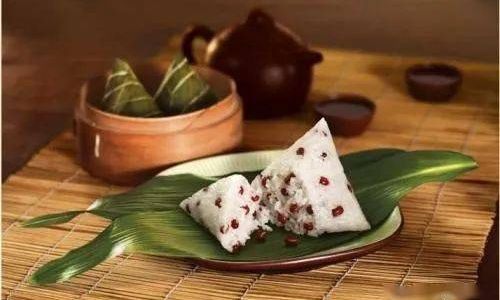
Conclusion: The Symphony of Flavors
The perfect soup for zongzi is not a one-size-fits-all answer but a reflection of personal taste, cultural heritage, and occasion. Whether you prefer the timeless simplicity of chicken broth, the fiery kick of Sichuan pepper, or the innovative fusion of tom yum, the key lies in harmony. The soup should uplift the zongzi without overwhelming it, creating a symphony of flavors that honors tradition while embracing creativity.
Next time you unwrap a zongzi, consider the story it tells—and the soup that will help you savor every chapter. From ancestral kitchens to modern tables, this pairing reminds us that food is not just nourishment but a bridge between past and present, East and West, and the simple joy of sharing a meal with those we love.



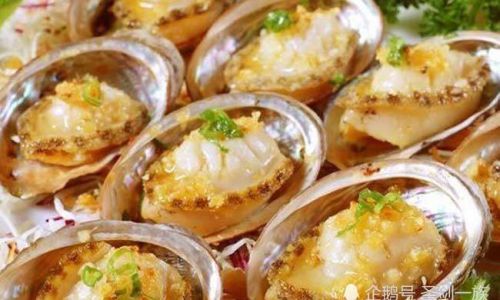

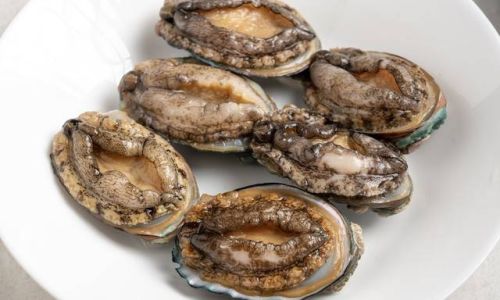
0 comments